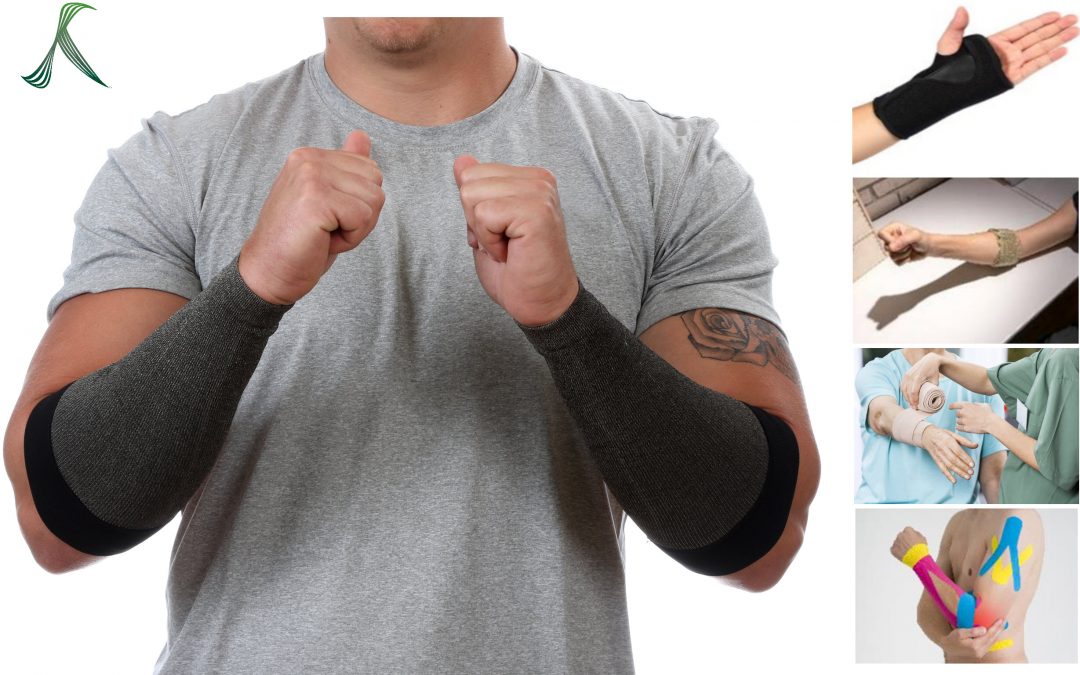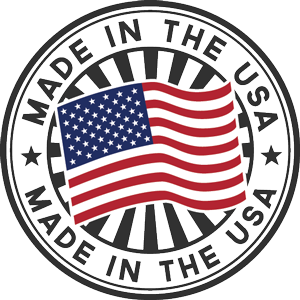As with athletics, work tasks requiring repeated hand/arm muscle contractions are at risk of fatigue and repetitive strain injuries (RSI’s). Likewise, many of our industrial approaches to date have emerged from the field of rehabilitating and returning athletes to competition.
What can we learn from each approach?
SPLINTS – designed to immobilize the joint, provide a mechanism to rest muscles and alleviate symptoms. Challenge – The use of splints in work activity is cumbersome at best as many of the upper extremity muscles cross more than one joint. Splints are also classified as medical treatment.
WRAPPING – purpose is to provide support over the joint as a type of compartmental compression. Challenge – unknown level of compression being applied, time and skill level of person wrapping.
TENNIS ELBOW STRAPS – purpose to help alleviate tennis elbow/lateral epicondylitis by providing a counter-force mechanism to reduce the tendon pull, it may also provide a pressure to activate a gait control to pain. Challenge – unknown level of cinching strap on the arm which could reduce circulation.
ATHLETIC TAPING– provide support and activate the lymphatic system by lifting of the skin. Challenge – skill level of person taping and time of application.
OST GRADIENT COMPRESSION WORKWEAR – designed specifically to address repetitive upper extremity work demands. Ease of application and repeated daily use of up to 6 to 9 months. Gradient compression levels (below medical grade) help reduce fatigue and RSI’s by increasing lymphatic circulation, improving venous blood return, and with muscle contractions improve oxygenated muscle consumption.
OST Power Arm Sleeves have been engineered in a variation of 5 sizes. These sizes represent review of available anthropometric studies, worker trials, and product knowledge. Size options are available for both styles of the OST Power Arm Sleeves and with an expected fit of 90% of the working population across all industries. Size categories are available in both metric and standard measure. The range within each size category allows an optimal fit preference based on body type, length of extremity, and worker preference.




 We take your security seriously. Your information is secured by Comodo SSL.
We take your security seriously. Your information is secured by Comodo SSL.